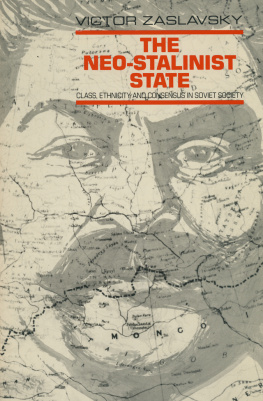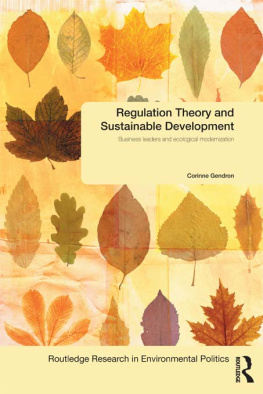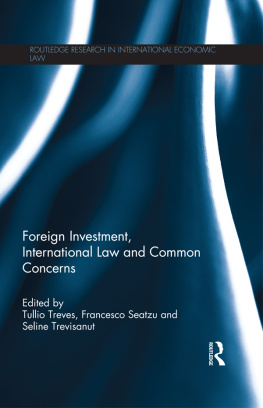THE NEO-STALINIST STATE
CLASS, ETHNICITY, AND CONSENSUS IN SOVIET SOCIETY
Victor Zaslavsky
The Neo-Stalinist State
Class, Ethnicity, and Consensus in Soviet Society
First published 1982 by M.E. Sharpe
Published 2015 by Routledge
2 Park Square, Milton Park, Abingdon, Oxon OX14 4RN
711 Third Avenue, New York, NY 10017, USA
Routledge is an imprint of the Taylor & Francis Group, an informa business
Copyright 1982 Taylor & Francis. All rights reserved.
No part of this book may be reprinted or reproduced or utilised in any form or by any electronic, mechanical, or other means, now known or hereafter invented, including photocopying and recording, or in any information storage or retrieval system, without permission in writing from the publishers.
Notices
No responsibility is assumed by the publisher for any injury and/or damage to persons or property as a matter of products liability, negligence or otherwise, or from any use of operation of any methods, products, instructions or ide as contained in the material herein.
Practitioners and researchers must always rely on their own experience and knowledge in evaluating and using any information, methods, compounds, or experiments described herein. In using such information or methods they should be mindful of their own safety and the safety of others, including parties for whom they have a professional responsibility.
Product or corporate names may be trademarks or registered trademarks, and are used only for identification and explanation without intent to infringe.
Library of Congress Cataloging in Publication Data
Zaslavsky, Victor, 1937
The neo-Stalinist state.
Includes bibliographical references.
1. Soviet UnionSocial conditions. I. Title.
HN523.5.Z37 306'.0947 82-5800
ISBN 0-87332-229-0 AACR2
ISBN 13: 9780873322942 (pbk)
Table of Contents
Herman Ivanovich Iakovlev
IN MEMORIAM
Ever since the Russian Revolution there has been much debate about the nature of the new social system in the USSR, and in particular about the sources of its internal stability. In the past half-century Soviet society has passed from the stage of system building to that of system maintenance; today it is an advanced industrial society whose principles of social organization differ considerably from those of the West.
A common theme in Soviet studies in the West, typical of otherwise very different approaches, has been the idea of internal stability based on coercion and imposed through a terroristic regime. While the left and the right have drawn different conclusions about Stalinism (with the left seeing it as a historical aberration having nothing to do with the validity of Marxism per se, and with the right seeing it as a true expression and decisive indictment of Marxism), they have shared this common tendency. This preoccupation with the "Stalinist state" has led, however, to an underestimation of the degree of consensus-based stability in contemporary Soviet society and has discouraged a realistic examination of the actual functioning of this social system. On the other hand, implicit in official Soviet ideology is the idea of the "post-Stalinist state." It presents Soviet society as a "mature socialism" that has fully overcome certain excesses of the Stalin period and is supported by the overwhelming majority of the population. The problems here are even more glaring. This view totally glosses over the repressive and even manipulative aspects of Soviet society.
In this collection of essays I attempt to develop an analysis which avoids and goes beyond these limitations, and which recognizes the simultaneously coercive and consensual aspects of the Soviety-type system. That is what I am essentially concerned with in proposing the concepts the "neo-Stalinist state" and "organized consensus" ideas that are of critical importance in grasping the nature and dynamics of Soviet society in the Brezhnev period.
The Stalinist regime used systematic terror for the mobilization of social resources to accomplish rapid industrialization and property transfers. A centrally administered and planned economy replaced the market economy. Control over social production and distribution was exercised by the highly centralized party-state apparatus, which monopolized political, economic, and ideological power.
The elimination of mass physical terror as a means of government by Stalin's successors signified the transition to a new phase. The new regime still preserves many essential features of the old Stalinist state (notably the centralized oneparty-state system). But it has also sought to base internal stability more on consensus and less on sheer coercion; hence the situation during the Brezhnev era may be characterized as one of "organized consensus." This means a political compromise between the state and the people in which basic social groups accept the existing distribution of power and their estrangement from the decision-making process in exchange for job security, some workers' rights, upward mobility, and a slow but steady rise in living standards.
A key question, therefore, is: How is this consensus achieved? How are the essential features of the Stalinist system preserved in a more modern and more pragmatic regime? What is needed to answer these questions is a close analysis of the Soviet system in its accumulative, planning, legitimative, and coercive functions. Through concrete analysis in these various areas we can arrive at a better understanding of how social life is planned and controlled in the modern setting, and how individual members of society are both constrained and convinced to perform surplus labor.
This requires attention to both the structural and the cultural aspects of the neo-Stalinist system. The structural aspects focused on in this book lie mainly in the area of social stratification and social mobility. I seek to show the vital role played by state-manipulated upward social mobility in the internal stability and consensus of the USSR. The neo-Stalinist state has organized new systems of stratification and new channels for upward social mobility. It uses various mechanisms of social control and regulation, such as the internal passport system, and creates privileged sectors and groups in society, such as "closed" enterprises and certain territorial, occupational, and ethnic groups. The neo-Stalinist state segments society by erecting a network of administrative barriers between these groups. It regulates mobility opportunities through bureaucratic restrictions and permits and through rules governing transfers from one social or territorial group to another. The book thus focuses on the territorial stratification and two-step migration which became crucial in maintaining internal stability during the Brezhnev period.
Cultural aspects of the neo-Stalinist regime should not be underestimated. Soviet society is composed of individuals with specific values and attitudes. The latter are partly inherited from the old social order and partly produced by the present regime, which cultivates its own specific political culture. A careful scrutiny of this aspect of the neo-Stalinist system sheds light on the social processes through which persons inclined to independent thinking are systematically and effectively marginalized, suppressed, or exiled. It reveals the role of the "inertia of fear" in Soviet society. Such topics as the rebirth of the Stalin cult in the USSR and the attitudes of Soviet workers to the 1968 invasion of Czechoslovakia involve analysis both of traditional features of Soviet political culture and of the role of new social institutions in the dissemination of political views and attitudes favorable to the regime.










